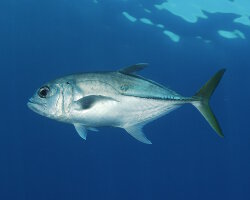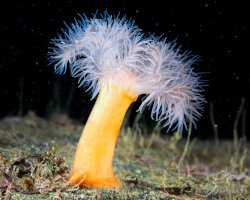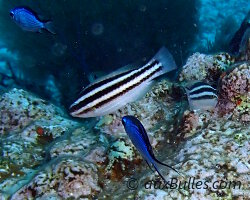Sealife guideThe edible crabCancer pagurus
Taxonomy
- Common name: Edible crab
- French name: Crabe tourteau
- Spanish name: Buey
- Scientific name: Cancer pagurus (Linnaeus, 1758)
- Family name: Cancridae
- Order name: Decapoda
- Class name: The crustaceans [Malacostraca]
Description
The edible crab, also known as the brown crab, has a large, oval-shaped body with a shell that averages about 6 inches wide in adult specimens but can reach up to 10 inches in width. Its weight can exceed 6.5 pounds, making it one of the largest crabs in the northeastern Atlantic ocean.
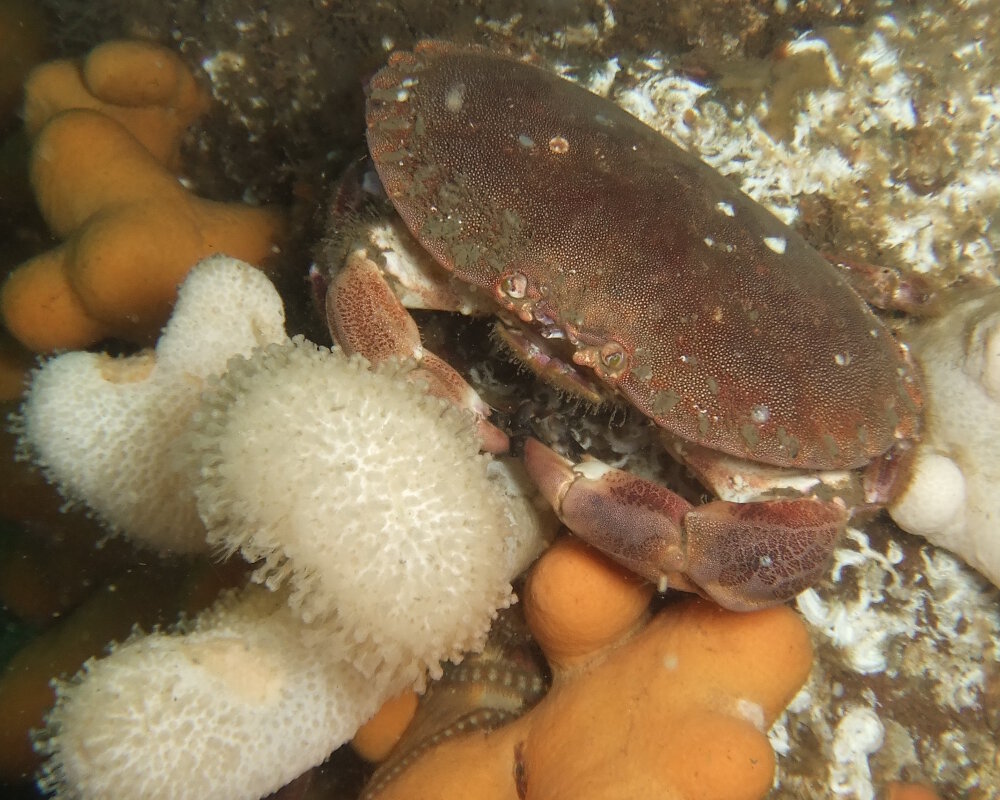
The edible crab (Cancer pagurus) © Gordon Milligan sous licence
Creative CommonsThe edible crab's shell is reddish-brown, smooth in appearance and has serrated edges resembling a pie crust. It has ten legs, with the first pair featuring powerful claws with distinctive black tips, which it uses to catch and crush its prey.
Range
The edible crab inhabits the temperate waters of the northeastern Atlantic ocean and the North sea. It is commonly found from the coast of Norway in the north, through the North sea and the English Channel, down to the shores of Portugal in the south.
The edible crab is also found along the coasts of Ireland and the United Kingdom.
Habitat
The edible crab favors rocky, sandy, or muddy seabeds, where it can hide and feed. It is often active at night and spends the day buried in the sand or concealed in rocky crevices.
The edible crab inhabits shallow waters from the intertidal zone down to depths of 328 feet.
Diet
The edible crab is an opportunistic carnivore that primarily feeds on mollusks, echinoderms, small crustaceans and dead fish. Using its powerful claws, it can crush the shells of its prey to extract the flesh inside.
Reproduction
The edible crab reproduces mainly in summer and fall. After mating, the female carries the eggs under her abdomen for several months until they hatch. The larvae go through several planktonic stages before developing into juveniles and settling on the seabed.
Did you know ?
The edible crab is a commercially important crustacean, especially in France, Ireland and the United Kingdom. It is caught using traps and sometimes nets. Regulations governing the fishing of the edible crab impose minimum shell size requirements to ensure that only adult individuals are captured, as well as restrictions on the sale of detached claws, limiting them to a certain percentage of the total weight of live crabs caught, in order to help preserve the species.
Explore also

Regal slipper lobster
(Arctides regalis)

Sculptured slipper lobster
(Parribacus antarcticus)

Gulf of Mexico golden crab
(Chaceon fenneri)
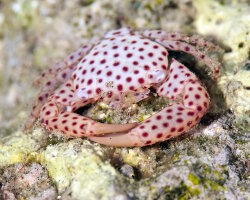
Red-spotted guard crab
(Trapezia tigrina)

Hepatic box crab
(Calappa hepatica)
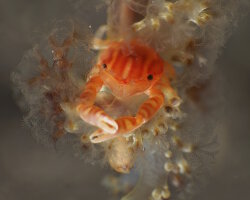
Haig's Porcelain Crab
(Porcellanella haigae)

Bowed fiddler crab
(Uca arcuata)

Common prawn
(Palaemon serratus)
The marine species from eastern Atlantic ocean

Edible crab
(Cancer pagurus)
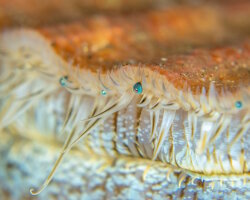
Great atlantic scallop
(Pecten maximus)














